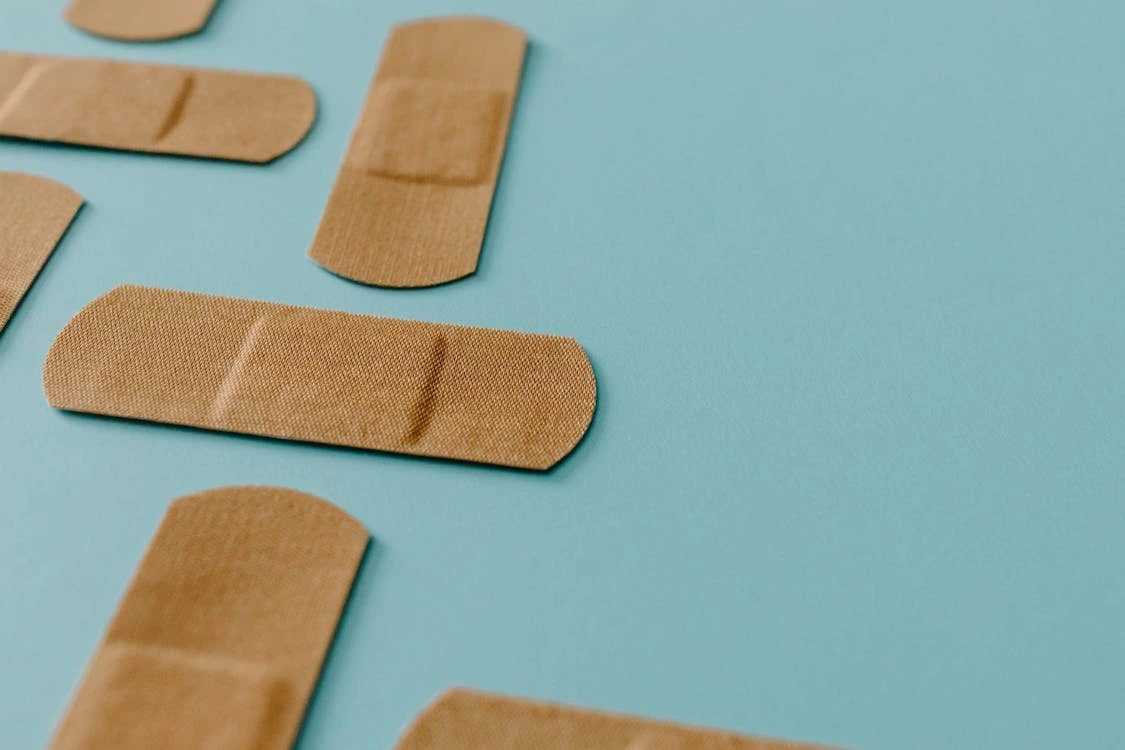0J9C30Z is a medical procedure in which a drainage device is inserted percutaneously to remove excess fluid and tissue from the pelvic region just below the skin. This process helps alleviate swelling and promote healing following surgical or medical treatments in that area.
Table of Contents:
- 🔎 Clinical Indication
- 📋 Preparation
- 📖 Methodology
- 🩹 Recovery
- 🚨 Complexity & Risk
- 🔀 Similar Procedures
🔎 Clinical Indication
Percutaneous drainage of pelvic region subcutaneous tissue and fascia with a drainage device is a minimally invasive procedure commonly performed to remove excess fluid buildup in the pelvic area. This procedure is often done to relieve pressure and discomfort caused by conditions such as abscesses or fluid collections.
By inserting a drainage device through the skin into the affected area, healthcare providers can effectively drain the excess fluid and promote healing. This procedure can help reduce the risk of infection and improve the patient’s overall comfort and quality of life.
Patients may undergo this procedure if they experience symptoms such as swelling, pain, or redness in the pelvic region, as these may indicate the presence of fluid buildup that requires drainage. Overall, percutaneous drainage of pelvic region subcutaneous tissue and fascia with a drainage device is a safe and effective way to manage fluid accumulation in the pelvic area.
📋 Preparation
Prior to undergoing 0J9C30Z, patients will typically be instructed to avoid eating or drinking for a certain period of time before the procedure. This is done to reduce the risk of complications during the drainage process. Additionally, patients may be required to undergo imaging tests, such as ultrasound or CT scans, to help guide the placement of the drainage device accurately.
Patients may also be asked to inform their healthcare provider about any medications they are currently taking, in order to determine if any adjustments need to be made before the procedure. This is important to ensure the safety and effectiveness of the drainage process. In some cases, patients may be advised to stop taking certain medications leading up to the procedure.
Furthermore, patients will likely be given detailed instructions on how to care for the drainage site following the procedure. This may involve keeping the area clean and dry, as well as monitoring for any signs of infection or other complications. By following these pre-procedure preparations, patients can help ensure a successful and smooth drainage of the pelvic region subcutaneous tissue and fascia.
📖 Methodology
During 0J9C30Z, also known as Drainage of Pelvic Region Subcutaneous Tissue and Fascia with Drainage Device, Percutaneous Approach, a small incision is made in the skin of the pelvic region.
A drainage device is then inserted through the incision to remove excess fluid or pus from the subcutaneous tissue and fascia.
This procedure helps to reduce swelling, pain, and the risk of infection in the pelvic region.
🩹 Recovery
After the drainage of the pelvic region subcutaneous tissue and fascia with a drainage device, the recovery process typically involves monitoring the drainage site for any signs of infection or excessive bleeding. It is important to keep the area clean and dry to prevent complications.
Patients may experience some discomfort or soreness at the drainage site, which can be managed with over-the-counter pain medications. It is recommended to follow any post-procedure care instructions provided by the healthcare provider to promote healing and prevent complications.
Most patients can resume their normal activities within a few days after the drainage procedure, but it is important to avoid strenuous activities that may put strain on the pelvic region. Follow-up appointments may be required to ensure proper healing and to monitor for any signs of infection or other complications.
🚨 Complexity & Risk
Performing 0J9C30Z involves draining excess fluid from the pelvic region using a specialized device inserted through the skin. This procedure is complex due to the intricacies of the pelvic anatomy and the need for precise placement of the drainage device.
Potential risks to patients undergoing 0J9C30Z include infection, bleeding, damage to surrounding structures, and ineffective drainage leading to fluid accumulation. It is important for healthcare providers to assess the patient’s overall health and the specific risks associated with the procedure before proceeding.
🔀 Similar Procedures
Some patients may undergo a similar medical procedure known as 0J9G30Z, which involves drainage of the abdominal wall subcutaneous tissue and fascia with a drainage device using a percutaneous approach. This procedure is performed when there is a buildup of fluid in the abdominal wall that needs to be drained to relieve discomfort and prevent infection.
Like the drainage of the pelvic region subcutaneous tissue and fascia, this procedure involves making a small incision in the skin and inserting a drainage device to remove excess fluid. The percutaneous approach allows for a minimally invasive procedure with less risk of complications and faster recovery time for the patient.

